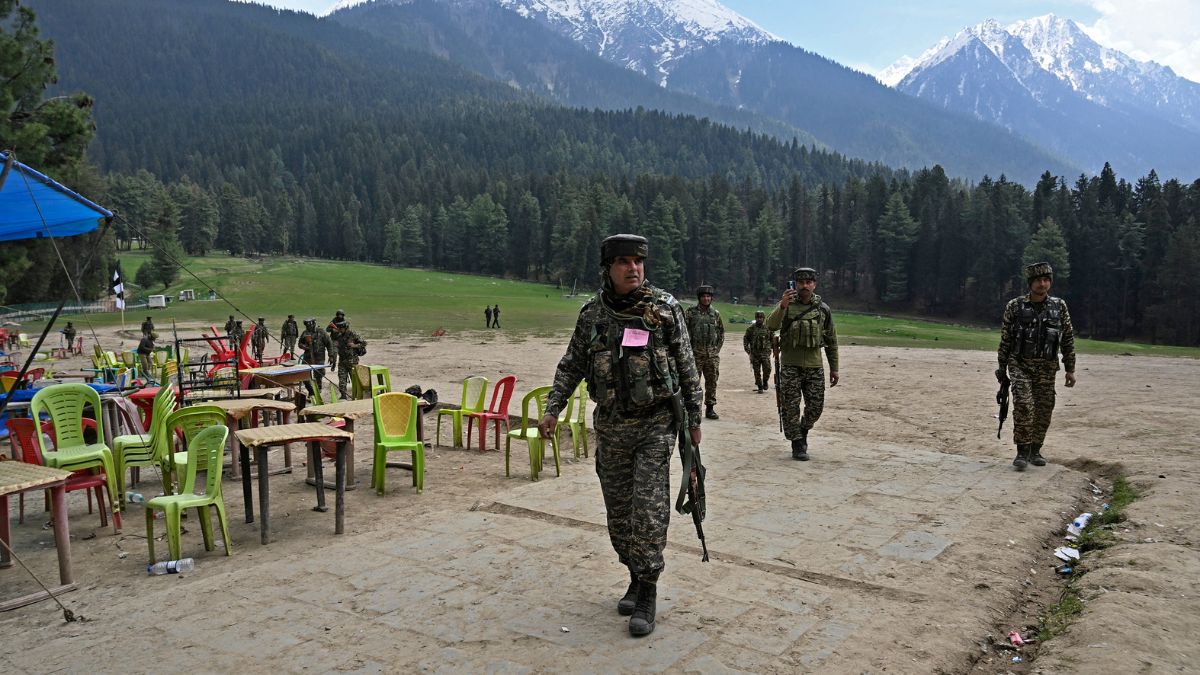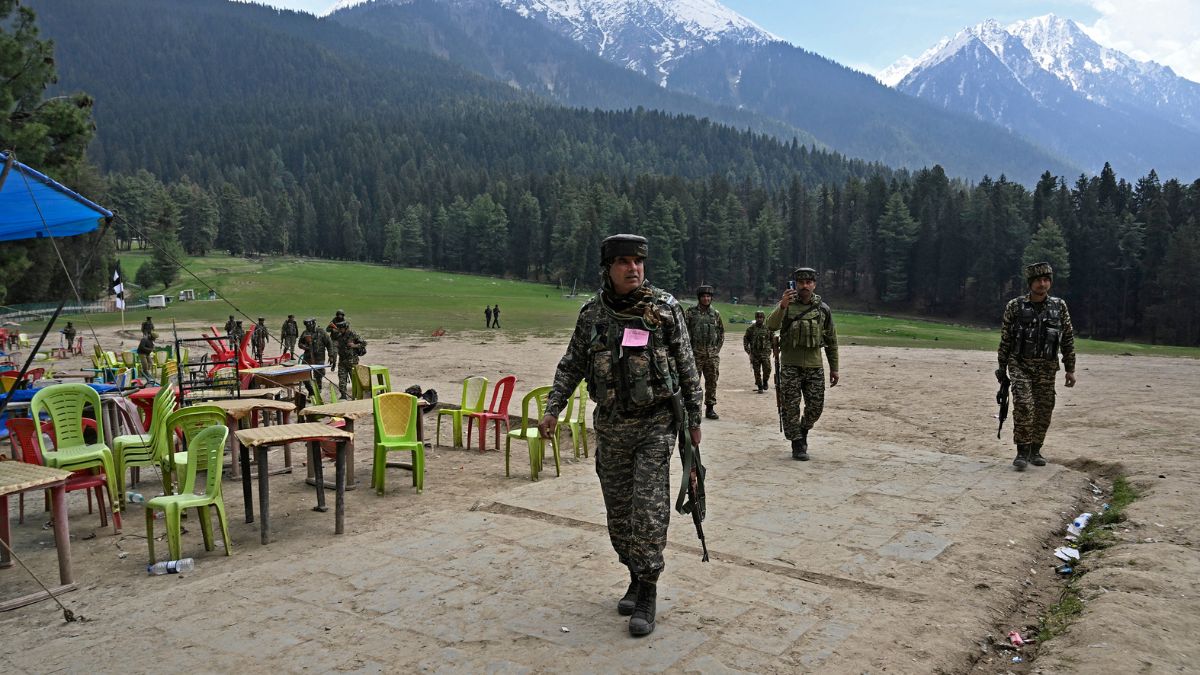(Trigger warning: Please note that the report contains images which could be distressing to some. Reader discretion is advised)
50 years ago, even as the guns fell silent on April 30, 1975, with the fall of Saigon, the aftermath of the Vietnam War continues to linger — most visibly through the lingering scars of Agent Orange.
Between 1962 and 1971, during the height of the Vietnam War, the United States military launched a vast defoliation campaign across southern Vietnam under an initiative known as Operation Ranch Hand.
The goal was twofold: eliminate dense jungle canopy that provided cover to North Vietnamese and Viet Cong forces, and destroy crops that fed enemy troops.
To carry this out, nearly 19 million gallons of herbicides were sprayed over vast stretches of land — approximately 24 percent of southern Vietnam — impacting both upland and mangrove forests as well as agricultural areas.
These included a series of “rainbow herbicides,” with Agent Orange being the most prominently used.
Agent Orange comprised about 60 percent of the total herbicides sprayed and was a 50:50 mix of two chemicals — 2,4-D and 2,4,5-T.
While its herbicidal effect was relatively short-lived, the production of 2,4,5-T introduced a highly toxic contaminant: 2,3,7,8-tetrachlorodibenzo-para-dioxin, or TCDD.
This dioxin, now widely recognised as one of the most dangerous persistent organic pollutants, had long-term environmental and health consequences.
Though Agent Orange’s application ceased in 1971 and its remaining stocks were incinerated by 1978 on Johnston Atoll, the residual dioxin continues to plague Vietnam and the people who lived through or inherited the war’s legacy.
Agent Orange’s horrific generational impact on health & environment
Vietnam’s ecological systems bore the immediate brunt of the defoliants. Five million acres of forests and 500,000 acres of cropland were damaged or destroyed. Nearly half of the nation’s protective mangrove trees, crucial for defending against coastal storms, were lost.
Much of this land remains degraded and unproductive even today. Meanwhile, the herbicide leached nutrients from the soil, leaving portions of the Vietnamese landscape barren and highly vulnerable to climate-related impacts.
The chemical’s toll on human health is just as harrowing. The Vietnamese government estimates that as many as four million citizens were exposed to Agent Orange, with around three million people suffering from its health effects.
The Vietnam Red Cross attributes at least 150,000 cases of severe birth defects to Agent Orange exposure. According to studies, children born in contaminated regions have shown higher instances of cleft palates, additional fingers or toes, developmental disorders and cancers.
Somewhere between 2.6 and 3.8 million US service members were exposed to Agent Orange, and research shows that these veterans face significantly higher risks for various cancers compared to those not deployed to Vietnam.
The chemical is not only dangerous to those directly exposed. Dioxin has a half-life of 11 to 15 years in the human body, and in buried or submerged environments, such as river sediments, it can persist for over 100 years.
It has been found in the blood and breast milk of exposed populations even decades after the war. Vietnam contends that the impact can span multiple generations, affecting children, grandchildren and potentially great-grandchildren of those originally exposed.
Efforts toward cleaning up Agent Orange
Following the end of the war in 1975 with the fall of Saigon, Vietnam faced the daunting task of rehabilitating its environment and treating affected populations.
Many of the most toxic areas, including former US military bases like Da Nang and Bien Hoa, were fenced off for public safety. Yet, for decades, the United States provided little assistance.
It wasn’t until 1991 that the US government formally acknowledged that exposure to Agent Orange could be linked to specific diseases in veterans, making them eligible for medical benefits.
From the mid-2000s onward, the US began participating in remediation projects in Vietnam. Since then, over $155 million has been allocated to support people with disabilities in Agent Orange-contaminated zones and to remove unexploded ordnance.
One of the largest cleanup efforts occurred at the Da Nang airbase, where Agent Orange had been stored and handled during the war. A $110 million project was completed in 2018, but an area equivalent to ten soccer fields still remains contaminated, reported AP.
Another major site, the Bien Hoa airbase, saw the launch of a 10-year cleanup project in 2020 aimed at removing 500,000 cubic meters of dioxin-contaminated soil — enough to fill approximately 40,000 trucks. This effort was briefly halted in March but has since resumed.
The cleanup is both hazardous and costly. Severely contaminated soil must be excavated and treated in high-temperature thermal systems, while less toxic soil is sealed in secure landfills.
Despite progress, dozens of high-risk “hotspots” still remain across 58 of Vietnam’s 63 provinces. Experts caution that any interruption in cleanup could allow toxins to leach into water systems, exacerbating the threat to public health.
US aid to Vietnam in jeopardy
Despite the devastation, the US largely turned away from the legacy of Agent Orange after the war. Diplomatic ties with Vietnam were only normalised in 1995, and it was not until 2006 that the two countries began formal cooperation on Agent Orange issues.
This collaboration laid the groundwork for expanding bilateral relations, culminating in 2023 when Vietnam elevated the US to its highest diplomatic designation — comprehensive strategic partner.
However, uncertainties persist. Vietnamese officials and victims’ advocates express concern over the possibility of dwindling US support, especially in light of shifting foreign aid policies.
There are concerns in Vietnam now that Washington may abandon the Agent Orange cleanup as President Donald Trump slashes foreign aid. Meanwhile, research into the long-term health effects of dioxin exposure remains insufficient.
While the presence of dioxin in soil and bodies is measurable, studies into its genetic and generational impacts remain incomplete or inconclusive, owing in part to the scientific focus on environmental decontamination rather than human health.
The US military’s reliance on Agent Orange may have ended over half a century ago, but its consequences persist in the lives of millions.
The contamination lingers in soil, in ecosystems, and in the bodies of those who never participated in the war but inherited its burden.
With inputs from agencies


)
)
)
)
)
)
)
)
)